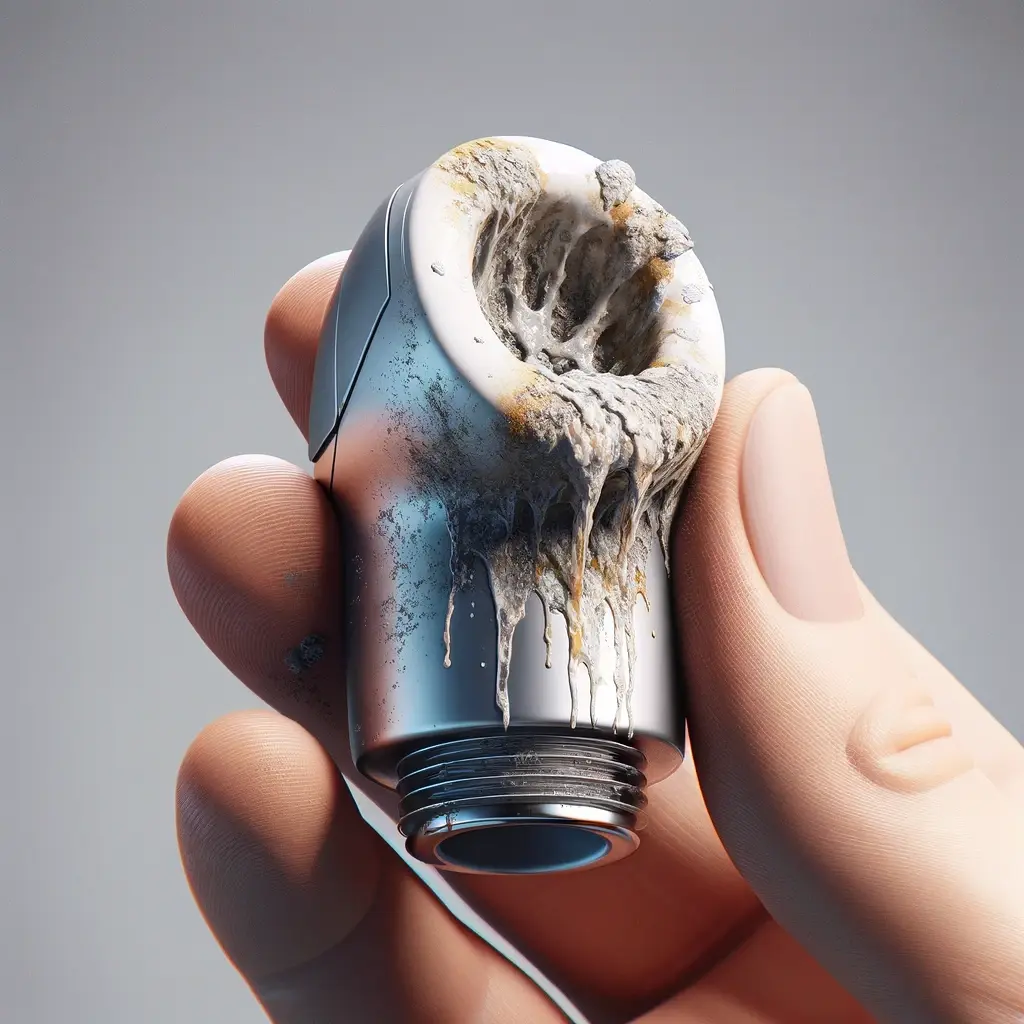Bidet nozzles are an essential part of modern hygiene, offering a convenient and eco-friendly alternative to traditional toilet paper. However, to ensure optimal performance and hygiene, regular cleaning of the bidet nozzle is crucial. In this comprehensive guide, I will share my personal experience in cleaning my bidet nozzle, the challenges I encountered, and how I overcame them. Additionally, we’ll dive into various topics, including dealing with mold, cleaning different bidet models, and the frequency of cleaning.
Understanding the Importance of Bidet Nozzle Cleaning
Why Clean Your Bidet Nozzle?
Regular cleaning of your bidet nozzle is vital for several reasons. It prevents the build-up of bacteria, mold, and mineral deposits, which can affect the nozzle’s functionality and hygiene. A clean nozzle ensures a sanitary and effective cleaning experience every time you use your bidet

My Personal Cleaning Experience
When I first decided to clean my bidet nozzle, I was unaware of the intricacies involved. After a simple cleaning session, I noticed reduced water pressure and inconsistent spray patterns. This led me to realize that thorough cleaning and maintenance were more complex than I initially thought.
Step-by-Step Guide to Cleaning Your Bidet Nozzle
Basic Cleaning Steps
- Turn off the water supply: Before beginning, ensure the bidet’s water supply is turned off to prevent accidental spraying.
- Remove the nozzle (if possible): Some bidet models allow you to detach the nozzle for easier cleaning.
- Clean with mild soap and water: Use a soft cloth or brush with mild soap and water to gently clean the nozzle.
- Rinse thoroughly: Ensure all soap residue is rinsed off to prevent any buildup.
- Dry and reattach: Dry the nozzle completely before reattaching it to the bidet.
Dealing with Mold on Bidet Nozzles
Mold can be a common issue, especially in humid environments. To remove mold:
- Use a vinegar and water solution (1:1 ratio) to kill mold spores.
- Apply the solution to the affected area and let it sit for a few minutes.
- Scrub gently with a soft brush and rinse thoroughly.
Specific Models and Their Cleaning Needs
Bio Bidet Nozzle Cleaning
Bio Bidet models often come with self-cleaning features. However, manual cleaning is still recommended. Use a soft cloth and a mild detergent, avoiding harsh chemicals that can damage the nozzle.
Cleaning Tushy Bidet Nozzle
Tushy bidets are known for their simplicity. For cleaning, use a gentle soap solution and a soft cloth, ensuring to reach all areas of the nozzle.
USPA Bidet Nozzle Maintenance
USPA bidets may require a bit more attention due to their sophisticated features. Follow the manufacturer’s guidelines for cleaning, usually involving mild soap and water.
Advanced Cleaning Techniques and Products
Biomist Bidet Cleaner
Biomist is a specialized cleaner designed for bidets. It’s non-toxic and effective in removing bacteria and mineral deposits. To use, spray the cleaner on the nozzle and surrounding areas, let it sit for a few minutes, and then wipe clean.
How to Clean Bidet Sprayer
Bidet sprayers, often used in handheld models, require regular cleaning as well. Disassemble the sprayer head if possible and soak it in a vinegar solution to remove any mineral buildup. Rinse and dry thoroughly before reassembling.
Maintaining Your Bidet Nozzle: Best Practices and Frequency
How Often to Clean Bidet Nozzle?
The frequency of cleaning depends on usage and water quality. A general rule is to clean your bidet nozzle at least once a month. However, in areas with hard water or higher usage, more frequent cleaning may be necessary.
Preventive Measures
To minimize the need for frequent deep cleaning:
- Use filtered water if possible to reduce mineral buildup.
- Regularly run the self-cleaning function if your bidet has one.
- Wipe down the nozzle and surrounding area after use to prevent mold growth.
In conclusion, maintaining a clean bidet nozzle is crucial for hygiene and functionality. Through my experience and the detailed steps provided, you can ensure your bidet remains in top condition. Remember, a well-maintained bidet not only provides a more pleasant experience but also extends the life of your device.
Hi, I’m Jana, author and interior design enthusiast. I understand that turning a house into a space that reflects you is no small feat. However, if you have the right information to start with, you can make the process much easier and simpler. That’s why I like putting together handy guides and articles on home design and decor subjects, that you might not have known you needed to learn about until you have to choose them for your home. If you want to learn about products on the living space design market in order to choose what befits your home, this is the right place for you.
